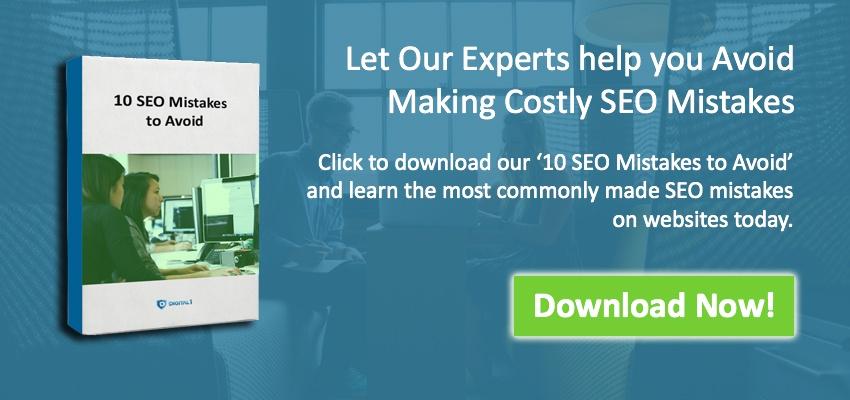Every business wants more leads. The more opportunities, the more sales. Its a numbers game, right? Right. It is a numbers game and it is very important to have a constant flow of leads coming through the pipeline. It can take the best sales people 40 or more leads to close a single sale. Think of it this way:
-
40 good leads worked may lead to 8 first meetings (20%)
-
8 first meetings may turn in 2 second meetings (25%)
-
2 second meetings may turn into 1 closed deal (50%)
As you can see, a lot of leads are necessary to close 1 sale! But, its not just about the quantity of leads, it is also about the quality of leads. In this post, we are going to help you identify high quality leads with 3 easy steps.
3 steps to identifying high quality leads
It's not just about the quantity of leads, its also about the quality.
 1. Define your Ideal buyer profile.
1. Define your Ideal buyer profile.
How do you identify quality leads? Step 1 is defining your ideal buyer. An ideal buyer is a bit different from a buyer persona which is a term we use a lot in the inbound methodology. A buyer persona describes the type of person that you are targeting. An ideal buyer profile describes the type of company you are targeting.
In order to be targeted, you need to identify exactly who you want to serve. You need to develop a list of criteria of what a lead must meet. What does an ideal buyer profile for your product or service look like? Does the business fit your minimum revenue criteria? Does your business model fit your service and or product? This list of criteria will be important for the next step and will start you down the process of figuring out if the lead is high quality or not.
 2. Organize your high Quality leads criteria into 2 categories.
2. Organize your high Quality leads criteria into 2 categories.
Once you have developed a list of criteria of what a lead must meet to be considered high quality, you need to organize your list into two separate categories:
- Primary fit criteria
- Secondary fit criteria
Primary fit criteria is the most important in determining prospect fit. This will be the list that contains the most important criteria that you use to determine if the lead is high quality. Secondary fit criteria helps further prioritize prospects that meet the primary criteria. A good example of primary fit criteria is company size and revenue. If the company isn't big enough or doesn't generate enough revenue to support/pay for your services, they aren't a high quality lead. A good example of a secondary fit criteria is how many sales reps the company has. The more sales reps the company has, the more likely they are going to be able to turn a lead into a customer.
3. Treat yourself as your own best client.
Go through a quick exercise and treat yourself as your own best client. Put yourself in your best client's shoes and think about what they are looking for and how that fits into your business. By attempting to walk a mile your best client's shoes, you will be able to better determine what services/products your best clients are looking for as well as determine what services/products you should be offering as well as how to reach these them.
This is an exercise you should go through regularly. You will be surprised what comes out of thinking like your own best client. If you can put yourself in your own best client's shoes, you will truly start to gain a better understanding of how you can best serve their needs.
Conclusion
Every business wants more leads but it isn't just about the quantity of leads, it is also about the quality. Remember to:
- Define your ideal buyer profile: An ideal buyer profile describes the type of company you are targeting.
- Organize your high quality lead criteria into 2 separate categories: Primary fit criteria is the most important in determining prospect fit. Secondary fit criteria helps further prioritize prospects that meet the primary criteria.
- Treat yourself as your own best client: Put yourself in your potential leads shoes and think about what they are looking for and how that fits into your business.
If you follow the 3 steps that are provided above, you will begin to identify high quality leads that are worth going after as well as begin to prioritize what leads you and your sales team should spend time pursuing.
Thanks for reading! We hope this post helps you identify high quality leads. Did you like this post and want more tips? Let our experts help you avoid making costly SEO mistakes. Be sure to download our eBook 10 SEO Mistakes to Avoid by clicking on the image link below.





